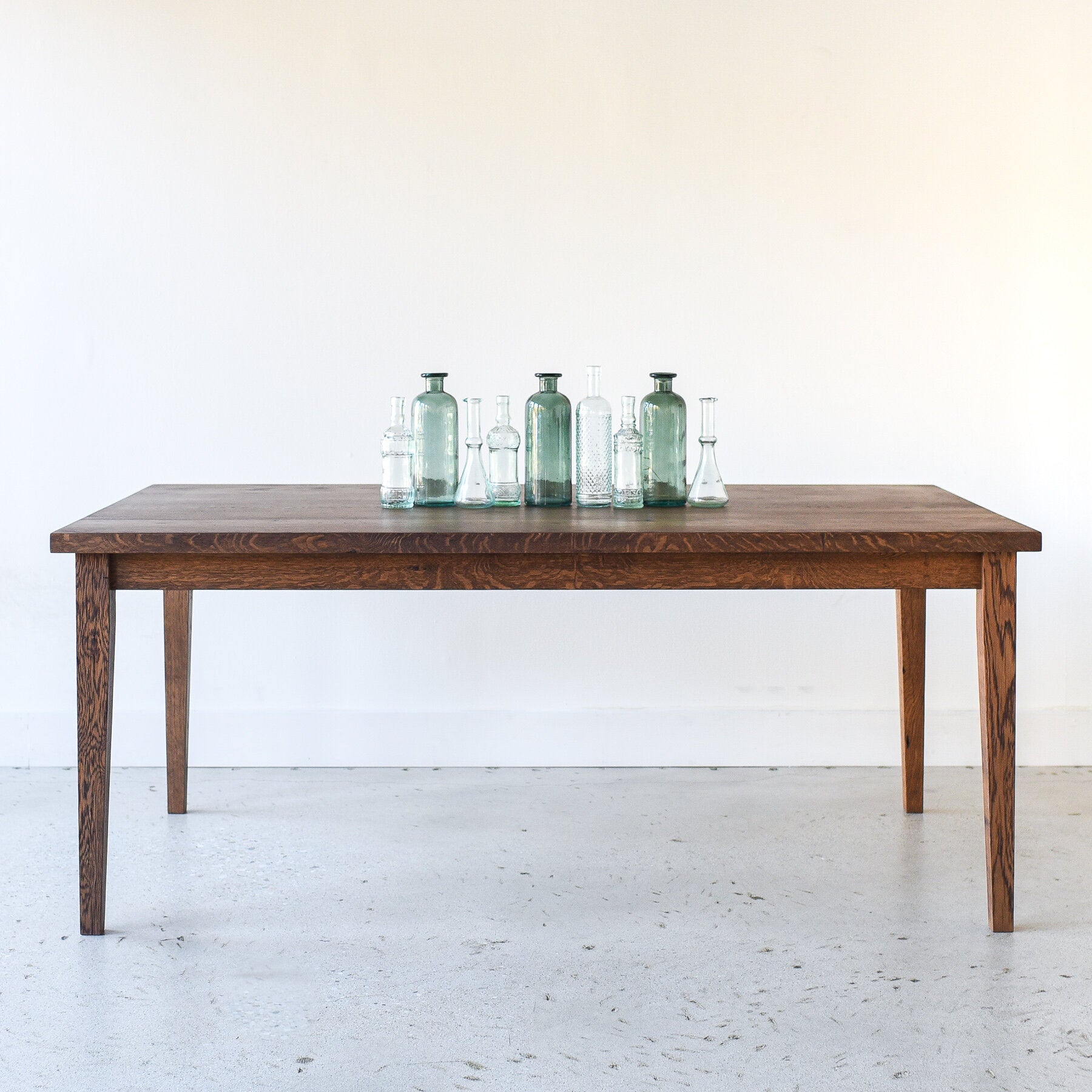Check Out Artisan-Made Dining Table Legs Wood for a Custom-made End up
Exploring the Different Types of Dining Table Legs Timber for Your Dining Room
The choice of eating table legs wood can profoundly affect both the practical and aesthetic high qualities of your eating room. Solid timber choices, such as oak and walnut, offer a timeless appearance with unmatched longevity, while crafted timber choices supply cutting-edge designs that mimic the splendor of all-natural grains.
Solid Timber Options

Unlike engineered products, strong wood is much less vulnerable to bending and damages over time when effectively maintained. Each item of strong wood is one-of-a-kind, showcasing private qualities that include to the beauty and personality of the dining table.
Furthermore, strong timber can be finished in many means, varying from all-natural oils to stained finishes, allowing house owners to customize their furniture to match their style. In summary, choosing strong wood for eating table legs not only makes certain architectural stability however also improves the aesthetic appeal of the dining location, making it a rewarding financial investment for any type of home.
Engineered Timber Alternatives

Plywood, built from numerous layers of timber veneer, is secure and especially strong, making it an exceptional choice for dining table legs. Its layered make-up permits it to stand up to adjustments in humidity and temperature level far better than conventional strong wood. MDF, on the various other hand, supplies a smooth surface area for paint or veneering, making it possible for developers to attain a refined look while preserving architectural honesty.
When picking engineered timber choices, it is vital to think about the desired usage and wanted visual. These materials not just boost the capability of dining areas however also enable for better style versatility, making certain that standard and modern styles can exist side-by-side sympathetically.
Reclaimed Wood Features
Reclaimed wood supplies a distinct blend of sustainability and character, making it a significantly popular choice for eating table legs. Sourced from old barns, factories, and various other frameworks, redeemed wood personifies a background that new materials merely can not reproduce. Each item carries its own tale, marked by unique imperfections, knots, and differing grain patterns, which add to a table's special visual allure.
In addition to its aesthetic charm, redeemed wood is an eco pleasant option. By repurposing previously used products, it decreases the need for brand-new lumber, hence helping to conserve forests and decrease waste. This straightens with an expanding customer choice for sustainable practices in home furnishings.
Additionally, reclaimed wood is commonly much more sturdy than newly gathered timber as a result of its age. The natural drying process that reclaimed timber undertakes lead to a denser and stronger product, making it less at risk to bending and splitting. This improves the durability of eating tables, permitting them to stand up to the roughness of day-to-day usage.
Softwood vs. Wood
When picking view eating table legs, recognizing the distinctions between softwood and hardwood is essential for attaining both functional and visual goals. They usually display an even more rustic look, making them ideal for country-style or informal dining areas.
On the various other hand, woods, sourced from deciduous trees like cherry, maple, and oak, are renowned visite site for their density, stamina, and longevity. The detailed grain patterns and abundant tones of woods offer a timeless and innovative charm, making them ideal for formal dining settings. While hardwoods often tend to be extra expensive and much heavier, their strength against damage often warrants the financial investment.
Inevitably, the selection between softwood and hardwood for eating table legs should straighten with your style vision, usage needs, and budget, ensuring that your dining room shows your individual design while remaining useful over time.

Treatments and finishes
The visual charm and long life of table legs can be substantially boosted through different surfaces and treatments. These processes not only protect the timber from damages however also elevate its look, permitting it to complement varied indoor designs.
One usual therapy is discoloring, which penetrates the wood and improves its natural grain while adding shade. Stains provide a rich, elegant appearance, enabling homeowners to match their furniture with existing decoration. On the other hand, clear surfaces such as polyurethane or varnish create a safety layer without modifying the timber's original color, making certain durability versus wear and tear.
Furthermore, natural oils, like tung or linseed oil, nourish the timber and offer a subtle shine, all while being environment-friendly. These oils allow the surface to breathe, stopping moisture buildup and prospective warping.
For those seeking a rustic beauty, weathered or distressed coatings can be related to produce an aged look, adding character to the item. Inevitably, the choice of therapies and surfaces depends upon individual choice, preferred aesthetics, and the details get redirected here timber type, making it important to take into consideration these elements when choosing eating table legs for your space.
Final Thought
Strong woods, crafted alternatives, and reclaimed alternatives each offer unique advantages, catering to various choices and demands. Inevitably, the selection of timber kind ought to line up with wanted style, longevity, and ecological factors to consider, improving the total eating experience.
The selection of dining table legs wood can profoundly influence both the practical and aesthetic top qualities of your dining area - Dining Table Legs Wood. Solid wood alternatives, such as oak and walnut, offer a timeless appearance with unrivaled sturdiness, while crafted timber options use ingenious designs that mimic the splendor of all-natural grains. Solid wood uses an ageless top quality that can elevate the total style of a dining area. Each item of strong wood is unique, showcasing private attributes that add to the beauty and character of the dining table
Moreover, reclaimed wood is typically extra resilient than newly collected timber due to its age.